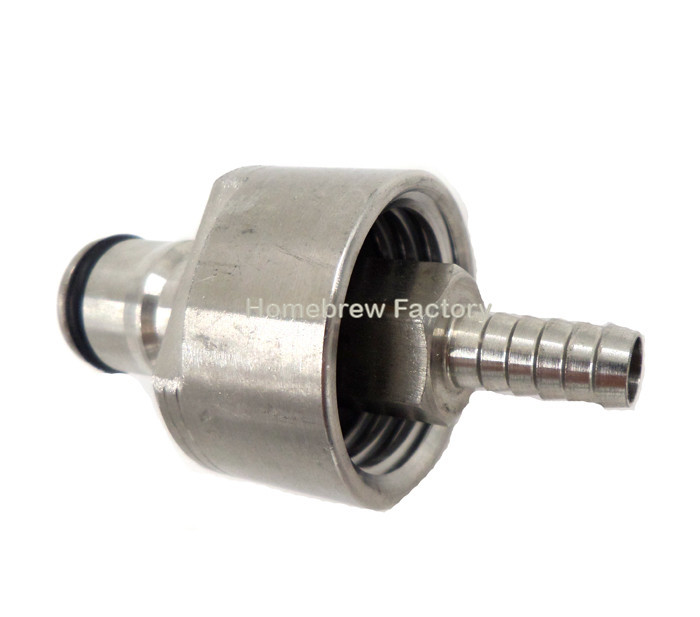Bryan19836
Member
Like Stella said, you have to
1. Add sugar and bottle (this is called priming to get the carbonation)
2. Wait for it to carbonate (this is days or a couple weeks at MOST. Easiest way to keep an eye on it is to bottle one plastic bottle. When that is hard like a new bottle of soda pop, it's carbed).
3. Refrigerate or pasteurize the bottles immediately. Do not wait.
Some will say that heating the cider after fermentation but before bottling could introduce oxygen, leading to some nasty tastes (like port wine).
Hold up...won't subjecting already pressurized bottles to the extreme heat of pasteurization create the bottle-bomb scenario everyone has been warning me about?



![Craft A Brew - Safale S-04 Dry Yeast - Fermentis - English Ale Dry Yeast - For English and American Ales and Hard Apple Ciders - Ingredients for Home Brewing - Beer Making Supplies - [1 Pack]](https://m.media-amazon.com/images/I/41fVGNh6JfL._SL500_.jpg)





















































